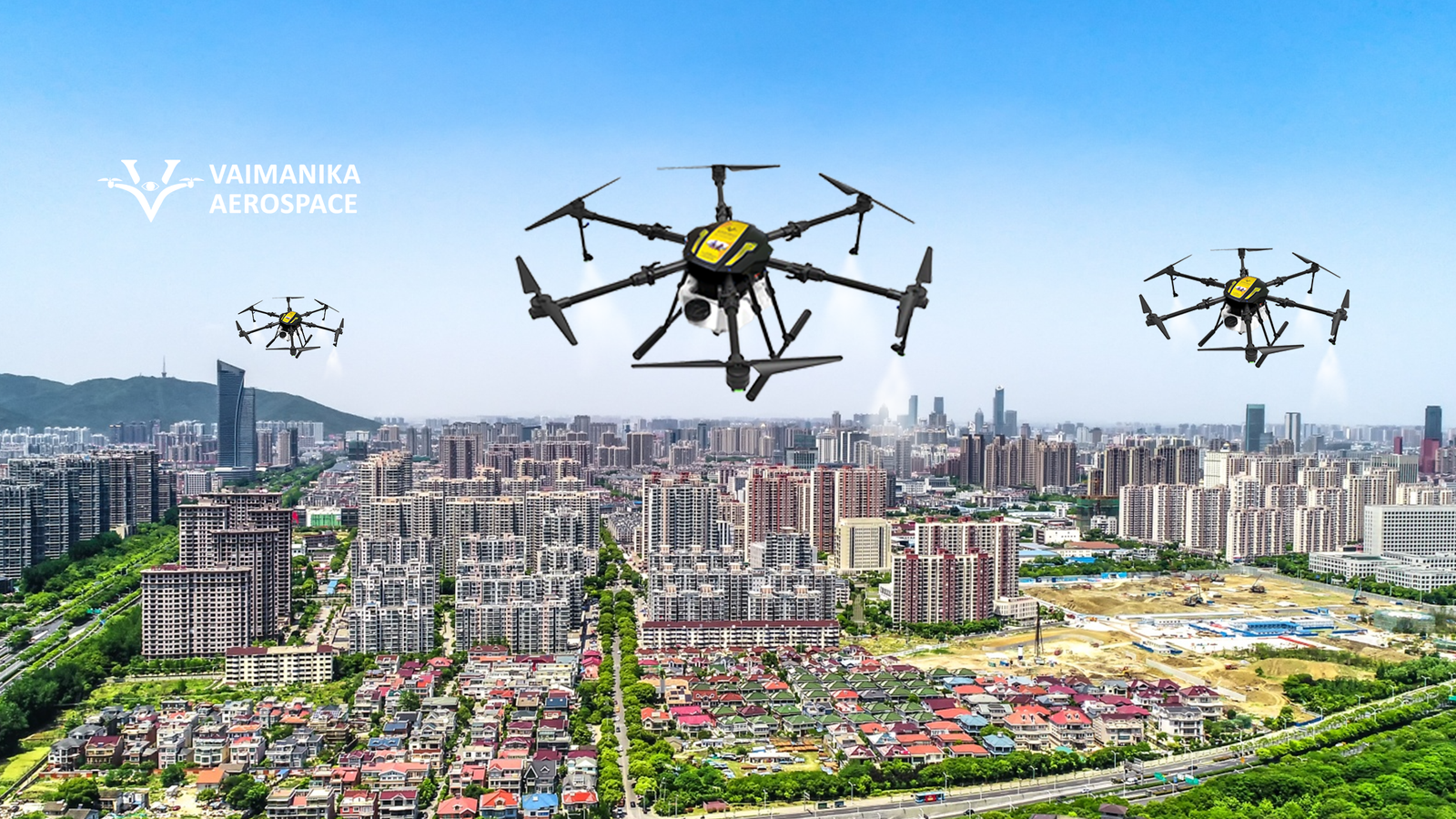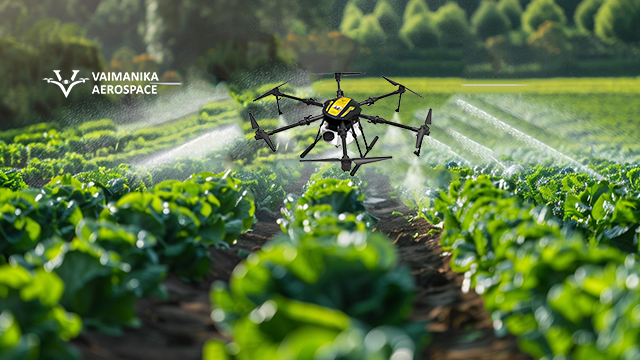India is currently at an important crossroad in its national security course. Identifying and recognizing threats, working with complex borders, and changes in technology around the globe mean India needs defence solutions that are quick, intelligent and built for the future. This is the reason why next-generation defence drones are important – they are not a nice-to-have option.
Among this new equipment, next-generation defence drones are proving to be one of the more purposeful tools for safeguarding the current and the future of the nation. They can be used beyond normal surveillance – they will be a complete paradigm shift in how India approaches aspects of security, intelligence, and strategic readiness.
Modern Threats Require Modern Technology
Conflict on today’s battlefield is no longer confined to the land – threats are coming from the air, from the sea, and increasingly from unmanned systems. As it stands, traditional means of surveillance have limitations from speed, research, coverage, and risk. Next-generation defence drones are designed to “bridge” the current limitations in terms of surveillance through advanced sensors and long-range requirements to see “over-the-horizon” and provide timely intelligence. They are also capable of observing hard-to-monitor terrain providing instantaneous indication of an event and on-the-go situational awareness. This capacity is invaluable for the modern battlefield, especially where timing and precision is essential.
Enhanced Border & Coast Security
India has a very complex and long border, ranging from high mountains to dense forests and sea. Human patrolling of these borders cannot fully cover these terrains or do it quickly. Defence drones can eliminate this problem by putting eyes in the sky at all times, regardless of the weather or terrain. These drones can observe large areas of land and sea, monitor suspect activity, monitor movements, and aid forces in decision making in a timely manner. Border forces, using real-time data, can be proactive in predicating threats rather than just reacting to them.
Less Risk to Defence Forces
There are numerous defence missions that require troops to embark on missions where they might lose their lives. When deploying troops to hostile areas or when taking troops into the unknown to conduct their mission will undoubtedly put the troops’ lives on the line. Next gen drones essentially take this risk away from defence personnel. Be it reconnaissance in combat zones, mapping dangerous land, or finding potential threats in an urban area, it is the drone that is conducting the tactical missions in front of the soldier. The drones become the eyes in the sky, giving valuable information to the team before they advance towards the operational area. This tactic is not just for defence purposes but will also ensure that defence personnel are safe and prepared. Improved odds of not just mission success but also personal injury or death.
Increased Need for Anti-Drone Protection
The expansion of accessible drone technology increases the likelihood of hostile or unidentified drones. Unmanned systems can be used maliciously for surveillance, smuggling, or even drones being weaponised to attack. India requires new anti drone systems with the capability to detect, track and neutralise these threats. The use of next-gen anti-drone technology will be an essential tool for the protection of military bases, government buildings, public events, and national infrastructures. A significant investment in anti-drone system protection is critical for India to stay ahead of threat curves and manage its airspace in a safe and secure manner.
Quicker, Data-driven decisions
Within the current defence strategy, real-time information is a key factor. Next-gen drones offer high-powered cameras with the ability to thermal image, AI analytics and connectivity. They provide high-quality visual intelligence, enabling the ability to make informed and timely decisions in critical situations, like during military operations. A drone can provide real-time insight into enemy movements, terrain, and ground conditions, allowing the user to see important details at a speed that visualises information faster than any traditional method would allow. This near-instant information advantage, can ultimately change the course of the operation and save lives.
Fostering Defence Self-Reliance in India
In determining the need for India to build robust domestic capacity, defence self-reliance is critical to its aspirations of becoming an independent defence power. Drones, or unmanned aerial systems (UAS), represent the next generation of defence self-reliance for India, by lessening the reliance upon foreign supply chains whilst embedding national security. Companies like Vaimanika Aerospace are developing next-gen drones of various operational capacities to support both India’s strategic autonomy, and economic prosperity. The next generation of drone technology, will contribute to India’s both strategic autonomy, as well as economic prosperity.
Conclusion
The implications of next-gen defence drones go beyond technology – representaive of India’s determination to a future that is safer, stronger, and more self-reliant. Next-gen defence drones are being used to secure borders, enhance intelligence gathering, protect personnel, and support rapid decision-making, all of which will re-architect the foundation of national defence. As India moves to become a global leader in domestic drone capability, next-gen defence drones will be increasingly at the forefront of securing India’s skies, and a national path of defence capability.





